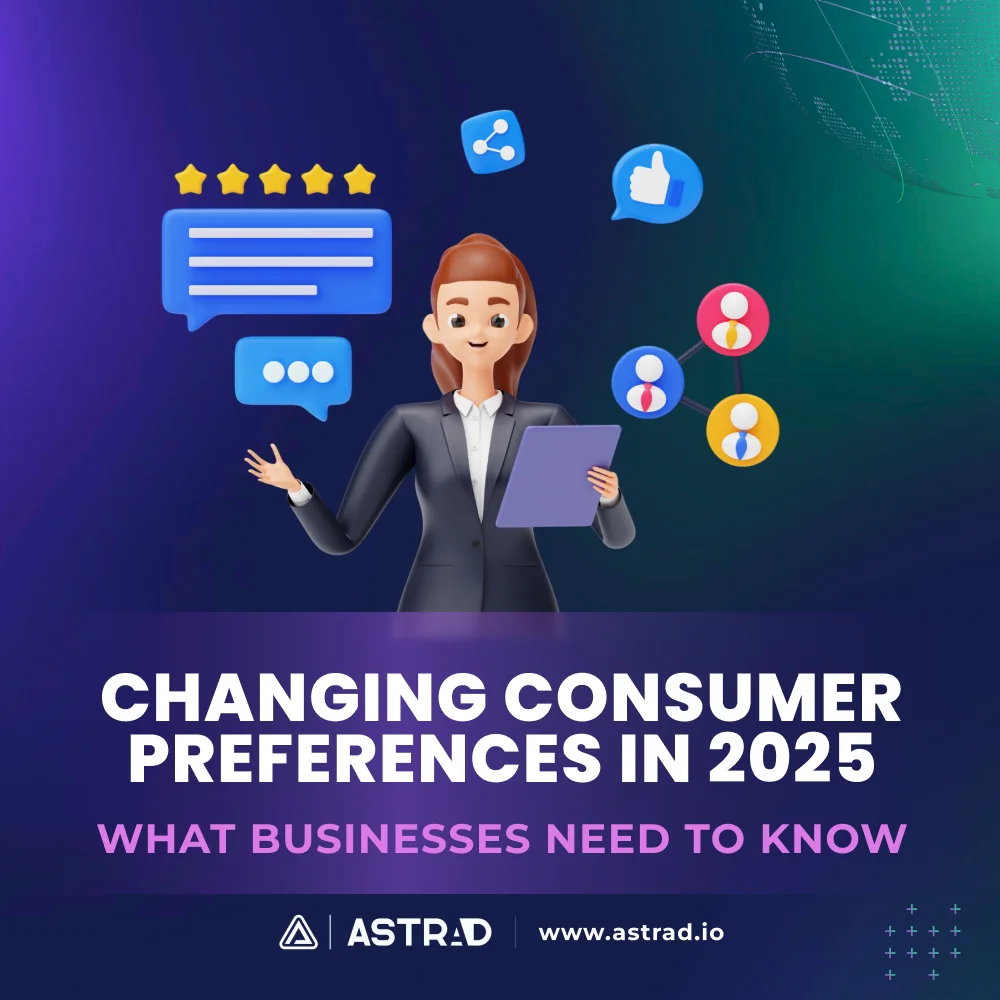The digital advertising world has a little secret: for years, publishers have been selling their precious ad space using a system about as efficient as a one-lane highway during rush hour. Then, header bidding burst onto the scene and flipped the script — imagine suddenly expanding that highway to eight lanes with express toll booths. Boom! Traffic flows, everyone gets where they’re going faster, and the highway owner makes a lot more money.
In the high-stakes poker game of online advertising, header bidding has changed publishers from passive participants to savvy dealers. Those who’ve adopted it are raking in chips while watching their revenue meters tick higher, while the holdouts are stuck playing with outdated technology. It’s the difference between selling your vintage Rolex at a garage sale versus putting it up for auction at Sotheby’s with wealthy collectors in a bidding war.
But what exactly is this digital alchemy that transforms ordinary ad slots into gold? And how can you harness its power to pump up your own ad revenue? Let’s cut through the jargon and get to the heart of what it is and why it matters.
What Is Header Bidding?
Header bidding is essentially a VIP auction for your ad space where multiple buyers get to bid simultaneously instead of waiting in line. Unlike the traditional “waterfall” method, where publishers would offer their inventory to ad networks one after another until someone bought it, header bidding technology invites all potential buyers to the party at once.
Think of traditional ad selling as a dating show where suitors meet the eligible bachelor/bachelorette one at a time. The first person might make an offer, but what if the tenth person would have paid double? Too bad — they never got the chance. Header bidding transforms this into speed dating, where everyone meets at once, and the highest offer wins.
How Header Bidding Works
The magic happens right in the browser when a user visits a webpage:
- A user clicks on your webpage
- Before the page fully loads, a JavaScript code in the header sends out bid requests to multiple ad exchanges
- These platforms run their own lightning-fast auctions among their connected advertisers
- All bids are collected and compared in milliseconds
- The highest bid wins, and that advertiser’s ad appears on your page
All of this happens faster than you can blink — literally. We’re talking about milliseconds here, but those milliseconds can translate into major dollars over time.
Why It's Important
Header bidding fixes a broken system that was leaving money on the table. Before header bidding, Google’s Ad Exchange often got first dibs on premium inventory. Other buyers only got to bid on what was left over, creating an uneven playing field.
Header bidding leveled the field by giving all demand sources — Google included — an equal shot at each impression. It’s like replacing a rigged poker game with a transparent tournament where everyone plays by the same rules.
The Technology Behind Header Bidding
At its core, header bidding solutions involve adding JavaScript to your website’s header that calls multiple ad exchanges before your page’s content fully loads. This code initiates parallel auctions across all your demand partners, collecting bids and determining a winner based on price.
Client-Side vs. Server-Side Header Bidding
There are two main flavors of header bidding:
- Client-Side Header Bidding: All auction action happens in the user’s browser. Advantage? Full transparency. Downside? Too many bidders can slow down page load time.
- Server-Side Header Bidding: Moves the auction to a server, reducing the load on the browser and speeding up page loads. The trade-off is slightly less transparency.
Many publishers now use a hybrid approach, getting the best of both worlds by running some bidders client-side and others server-side.
The Benefits of Header Bidding for Publishers
Converting to header bidding isn’t just a technical upgrade — it’s a revenue revolution:
1. Increased Revenue
When multiple demand sources compete simultaneously for the same impression, the winning bid is often higher than what you’d get through the traditional waterfall method. It’s simple economics — more competition drives up prices.
2. More Transparency
Header bidding shows you who’s bidding what for your inventory. This transparency helps you understand your inventory’s true market value and identify which partners are delivering the best results.
3. Improved Yield Management
With header bidding, you gain more control over how your inventory is sold and can make better decisions about floor prices, demand partner priorities, and ad formats.
4. Reduced Dependence on a Single Ad Network
Header bidding allows you to diversify your demand sources, reducing risk and increasing negotiating power. If one partner’s performance drops, others can pick up the slack.
How Header Bidding Improves Ad Revenue
The revenue benefits of header bidding come from specific improvements in how your ad inventory is valued and sold.
Real-Time Auction Mechanism
Header bidding creates a true real-time auction where demand sources compete based on the actual value of each impression. This dynamic competition leads to better price discovery — finding the true market value of your inventory rather than settling for predetermined rates.
An impression that might have sold for $1 in a waterfall might fetch $2 or more when multiple buyers recognize its value simultaneously.
Increased Fill Rates
Empty ad slots are missed revenue opportunities. Header bidding helps reduce these missed opportunities by giving multiple buyers a chance at every impression. Higher fill rates mean more of your inventory is monetized.
Better Data Utilization
Header bidding connects your inventory to more buyers, each with their own data and targeting capabilities. This expanded access means more advertisers can use their proprietary data to find high-value users on your site — users they’re willing to pay premium prices to reach.
Key Challenges and Considerations
Header bidding comes with its own set of challenges that publishers need to navigate carefully:
Technical Complexity
Implementing header bidding requires technical know-how. You’ll need developers who understand both advertising and web performance to properly configure your wrapper, integrate demand partners, and troubleshoot issues.
For publishers without technical resources, managed solutions can be a good alternative.
Latency Issues
The biggest potential downside of header bidding (especially client-side) is increased page load time. Each additional bidder adds code to your page and requires time to respond.
Strategies to mitigate latency include:
- Setting appropriate timeout thresholds
- Limiting the number of demand partners
- Using server-side solutions for some or all partners
- Implementing lazy loading for ads below the fold
Managing Multiple Demand Partners
More partners mean more complexity in managing relationships, troubleshooting issues, and optimizing performance. Finding the right number of partners is a balancing act — too few means less competition, while too many can create diminishing returns and increased latency.
Taking the Plunge into Header Bidding
The potential benefits — increased revenue, greater transparency, better yield management, and reduced dependence on dominant players — make header bidding worth considering for publishers of all sizes.
As programmatic advertising continues to evolve, header bidding has moved from cutting-edge innovation to an industry standard. Publishers who haven’t yet explored this technology risk falling behind both in revenue and in their understanding of how digital advertising markets truly value their inventory.
The bottom line? If you’re serious about maximizing your ad revenue, header bidding deserves a prominent place in your monetization strategy. The auction house is open, and the bidding is heating up — it’s time to make sure you’re getting the best prices for what you’re selling.






